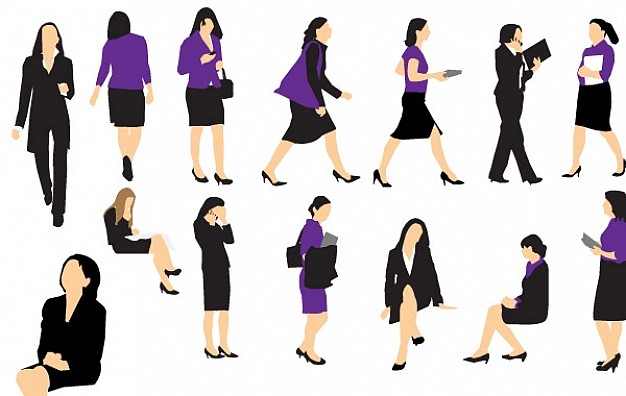International Women’s Day is celebrated in many countries around the world. It is a day when women are recognized for their achievements without regard to divisions, whether national, ethnic, linguistic, cultural, economic, or political.

Since those early years, International Women’s Day has assumed a new global dimension for women in developed and developing countries alike. The growing international women’s movement, which has been strengthened by four global United Nations women’s conferences, has helped make the commemoration a rallying point to build support for women’s rights and participation in the political and economic arenas.
History of Women’s Day
We invite you to learn about the history of women’s rights and the UN’s contribution to the cause.
First key years of the movement
Officially recognized by the United Nations in 1977, International Women’s Day first emerged from the activities of labour movements at the turn of the twentieth century in North America and across Europe:
1909
Movement in the United States
The first National Woman’s Day was observed in the United States on 28 February. The Socialist Party of America designated this day in honor of the 1908 garment workers’ strike in New York, where women protested against working conditions.
But the first milestone in the US was much earlier – in 1848. Indignant over women being barred from speaking at an anti-slavery convention, Americans Elizabeth Cady Stanton and Lucretia Mott congregate a few hundred people at their nation’s first women’s rights convention in New York.
Together they demand civil, social, political, and religious rights for women in a Declaration of Sentiments and Resolutions. A movement is born.
1910
Europe’s turn
The Socialist International, meeting in Copenhagen, Denmark established a Women’s Day, international in character, to honour the movement for women’s rights and to build support for achieving universal suffrage for women.
1911
First celebrations
A day for women is celebrated in a number of European countries and in the United States. But this celebration occurs on 19 March, in commemoration of the revolution of 1848 and of the “Commune de Paris”. In addition to the right to vote and to hold public office, they demanded women’s rights to work, vocational training, and an end to discrimination on the job.
1913
Russian women take power
International Women’s Day also became a mechanism for protesting World War I. As part of the peace movement, Russian women observed their first International Women’s Day on the last Sunday in February. Elsewhere in Europe, on or around 8 March of the following year, women held rallies either to protest the war or to express solidarity with other activists.
1915
Tired of war
As the First World War rages, a huge gathering of women is held in The Hague (The Netherlands) on 15 April. Participants include over 1,300 women from over 12 countries.
1917
The right to vote in Russia
Against the backdrop of the war, women in Russia again chose to protest and strike for “Bread and Peace” on the last Sunday in February (which fell on 8 March on the Gregorian calendar). Four days later, the Czar abdicated and the provisional Government granted women the right to vote.
Now
The celebration spreads
After World War II, 8 March started to be celebrated in a number of countries. In 1975, during the International Women’s Year, the United Nations began celebrating 8 March as International Women’s Day.
Two years later, in December 1977, the General Assembly adopted a resolution proclaiming a United Nations Day for Women’s Rights and International Peace to be observed on any day of the year by Member States, in accordance with their historical and national traditions.
Since then, the United Nations and their agencies have worked tirelessly to secure gender equality worldwide with great outcomes achieved: in 1995 the Beijing Declaration and Platform for Action, a historic roadmap signed by 189 governments, focused on 12 critical areas of concern; and the inclusion of Goal 5 “Achieve gender equality and empower all women and girls” in the 2030 Agenda for Sustainable Development.
Why 8/3?
Why 8 March?
19 March, the last Sunday of February, 15 April, and 23 February are among the key dates for the International Women’s Day movement.
But where, then, did the 8th of March come from? Ask Julius Cesar and Gregory XIII! Before the Revolution, Russia had not yet adopted the Gregorian calendar, introduced by Pope Gregory XIII in 1582 to mitigate the errors of the Julian calendar, which owes its name to the Roman emperor, who had chosen it 46 years before the birth of Jesus Christ.
The Gregorian calendar is used today in the large majority of countries. In 1917, 23 February in Russia thus corresponded to 8 March in the other European countries. It’s as simple as that!
![]()





